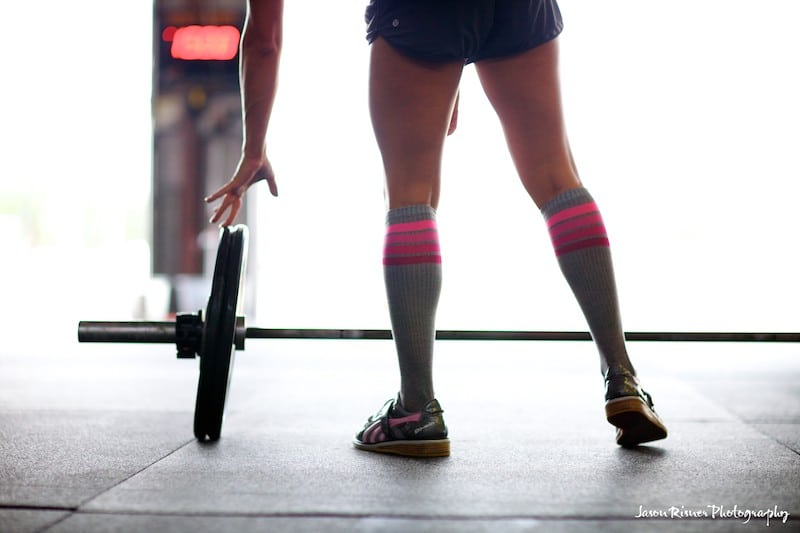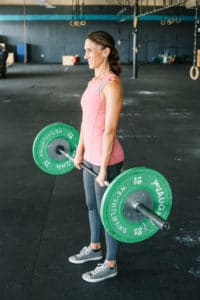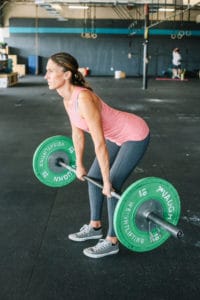Best Practice of Romanian Deadlifts for Triathletes

Share via:
Today, let me give you my “Rulon Rules” to Romanian Deadlift. About a month ago, I chatted about deadlifts. Romanian Deadlifts (RDL) are a great way to work the posterior chain, which helps us move forward. If we strengthen the posterior chain, this will help us run faster, which we all need heading into our triathlon season.
What is the difference between a deadlift and a Romanian Deadlift? The deadlift is when the athlete starts the movement by picking the bar up from the ground and bringing it to their hips. The RDL is when the athlete begins the move at full extension in the hip and lowers it slightly past the knees.
What muscles do RDL’s work?
Gluteus Maximus
Hamstrings
Erector spinae – Stabilizers of the lower back
Adductor Magnus
Here is the video of Nick from “The Tribe” Strength and Conditioning Gym doing RDL’s:
Here are “Five Key Points to a Romanian Deadlift”:
Hand position for an RDL: Either both hands are pronated (palm facing you), or one hand is supinated (palm away from you), and the other is pronated.
Shoulders, hips, and feet are all aligned with the knees slightly bent.
Starting movement: Make sure you are in full hip extension beginning the movement. See the photo below. (When picking up the bar to start the RDL movement, remember to use the legs, just how you learned to pick up a bar from a deadlift.)
Lowering Phase: The bar stays close to the body, as the hip is “hinging” or bending at the waist and sitting your hip back to lower the bar. See the photo below.
How low does the bar go? Slightly past the knees or lower as far as your flexibility will allow BUT do not touch the bar to the ground, as this would be considered a Stiff-Legged Deadlift.
The biggest takeaway with the Romanian Deadlift is the importance of keeping that bar close to the body and NOT using your back to move the bar. We want the gluts and the hamstrings to be firing.
There are many different ways to rock out an RDL with a bar, kettlebell, and dumbbells. You can also do single-legged RDL as you get used to the regular movement above.
I hope this gives you an alternative option for RDL’s. Comment below if you have any questions.


